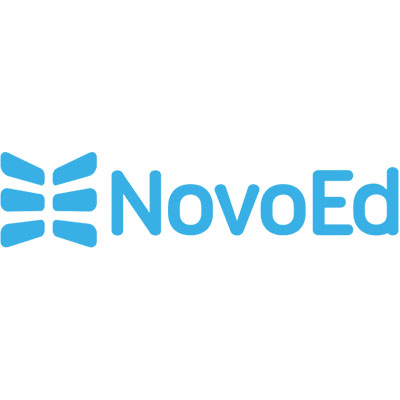ATD Blog
Beyond Skills: The Rise of the Capability Academy
Thu Mar 05 2020

Capabilities are the new black. As digital transformation becomes standard, innovation is more critical for growth than ever. Human resource leaders are tasked with fostering the mindsets, behaviors, and organizational knowledge that drive innovation in addition to building and buying the technical skills needed to go digital. The result has been a shift from gathering and developing individual skills to cultivating capabilities that enable organizations to create, innovate, and adapt to the future.
The new capability thinking in L&D is retro but with a modern twist. Industry analyst Josh Bersin, views the new capability approach as the result of a decades-long evolution of corporate learning that moved to digital but lost something along the way. Bersin's insight from interviews with industry leaders is that technical skills are no longer the biggest gaps for corporate learning and that broader issues are at play.
To address these broader concerns, modern organizations are investing in new capability academies: places to go to learn, share, and build expertise together. Unlike the physical corporate universities of old, the new academies offer digital learning experiences that value the context as well as the content when building the complex skills needed to succeed.
Three Features of the Capability Approach
The modern capability approach can be characterized in three ways. First, a new holistic emphasis on building dynamic, market-differentiating capabilities that include the elements that contribute to employee and company success. Bersin defines a capability as the “combination of skills, knowledge, and experiences employees need to succeed.”
The second feature of the approach is a renewed emphasis on the skills formerly known as "soft." According to the World Economic Forum’s The Future of Jobs Report 2018, the most in-demand skills are analytical thinking and innovation, complex problem solving, and critical thinking and analysis. The importance of such skills has led to Bersin, among others, to describe them as "power skills."
The final characteristic is a focus on the future. It is not enough for L&D leaders to focus on the skills needed to survive today. Technology alone will not inoculate against disruption. To thrive, companies will need employees who are prepared to address the challenges of the future together. This future focus is exemplified by ATD's recent move from a competency to capability model in its certification program, which aims to help “talent development professionals put their knowledge and skills to work to create, innovate, lead, manage change, and demonstrate impact.”
The ROI on Capabilities
According to Gartner’s Brian Kropp, “when HR can improve the innovative effectiveness of the organization, annual revenue can increase by as much as $8,800 per employee.” Such gains can be realized only with the development of distinctly modern capabilities: connecting employees as networks of innovators, engaging with diverse ideas, and equipping employees to adapt and take risks. By adopting a holistic approach to capabilities, organizations can realize their collective potential and meet customer satisfaction, employee performance, and profit goals.
To learn more about the capability approach to upskilling and how leading organizations are building capability academies to support growth and innovation, visit NovoEd.

